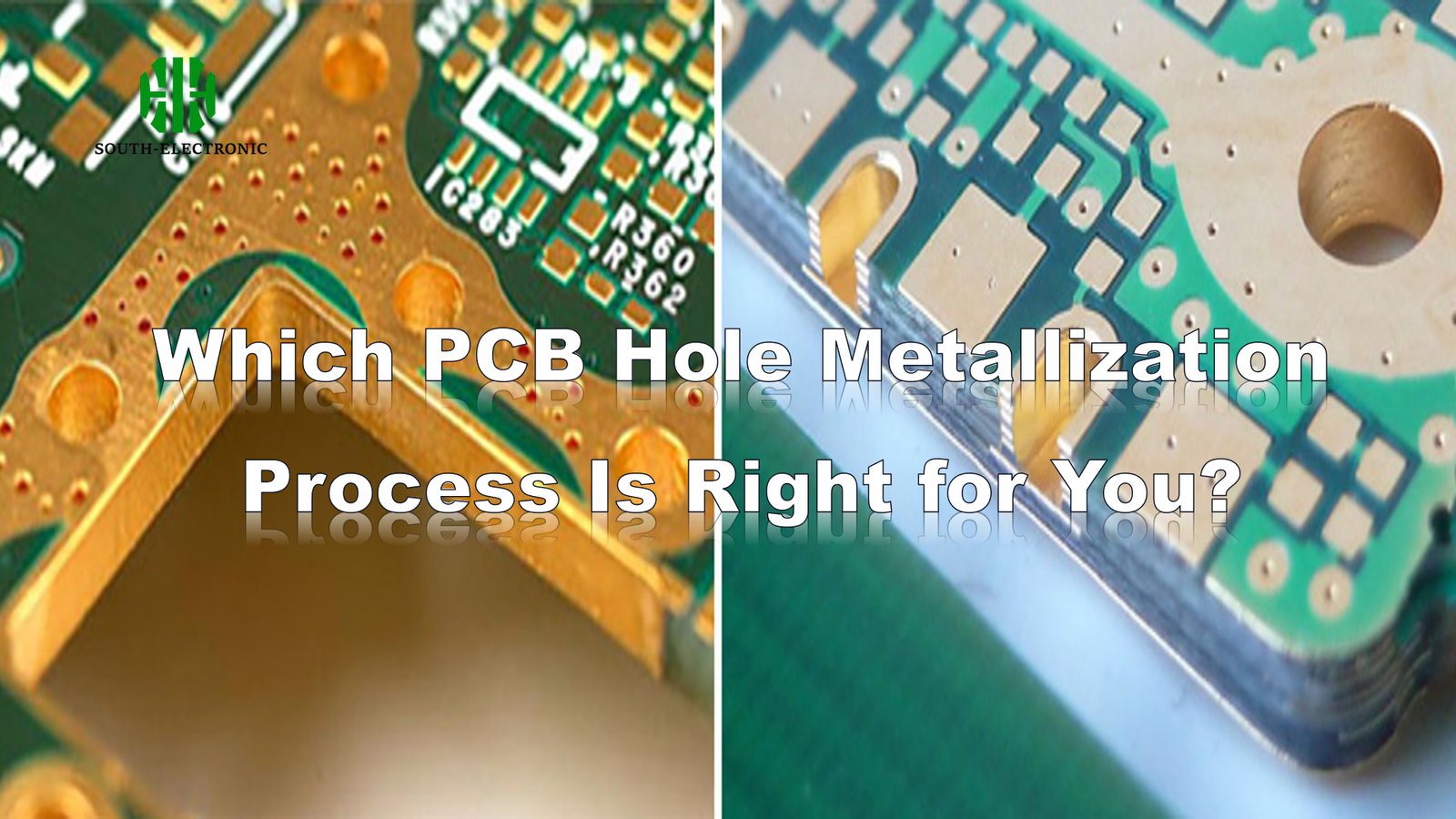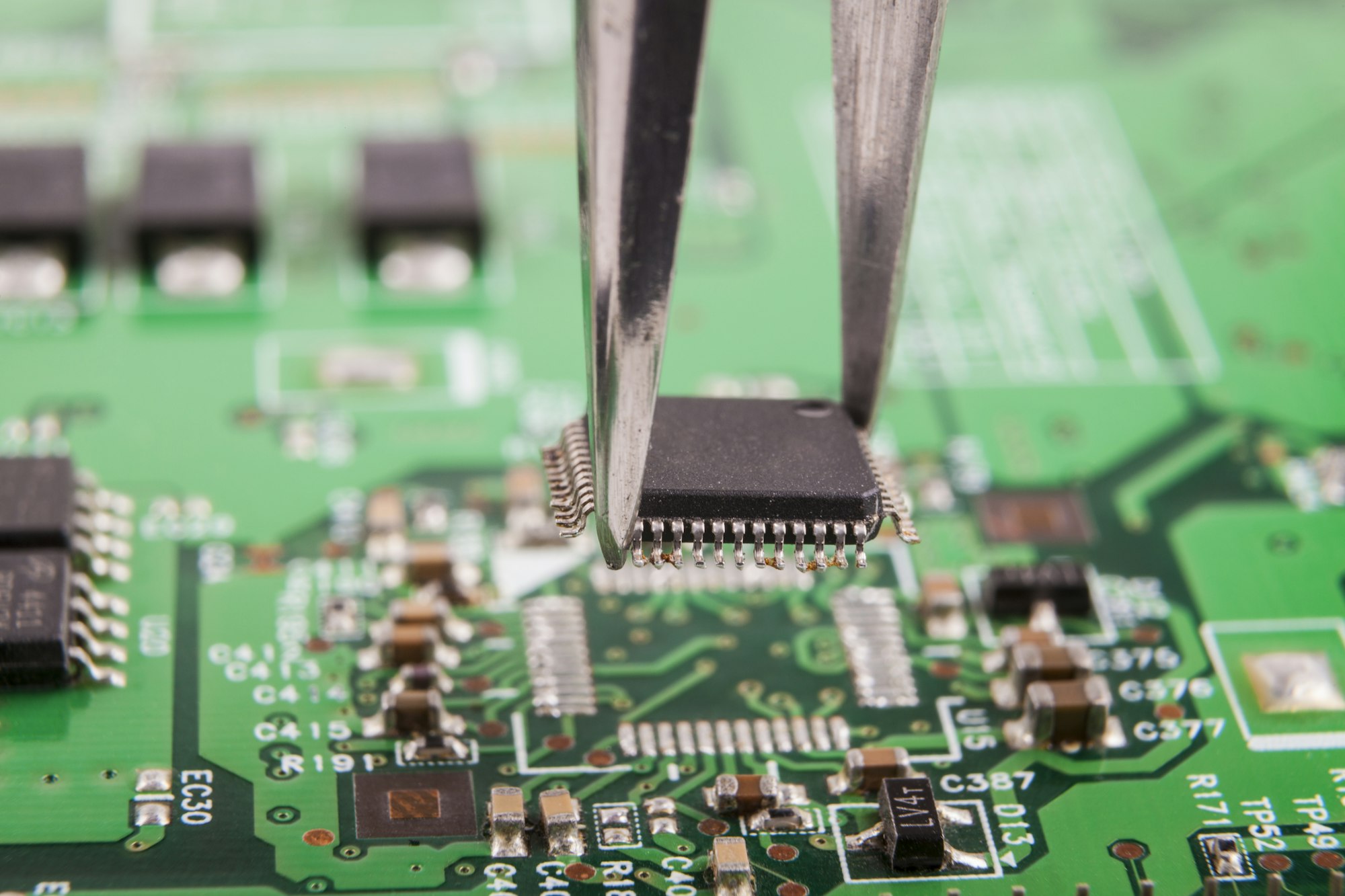Picking the wrong PCB hole metallization process? It can ruin production. Let’s break down your options.
Common PCB hole metallization processes include thick/medium/thin electroless copper and direct plating. Each has pros, cons, and best-use cases.
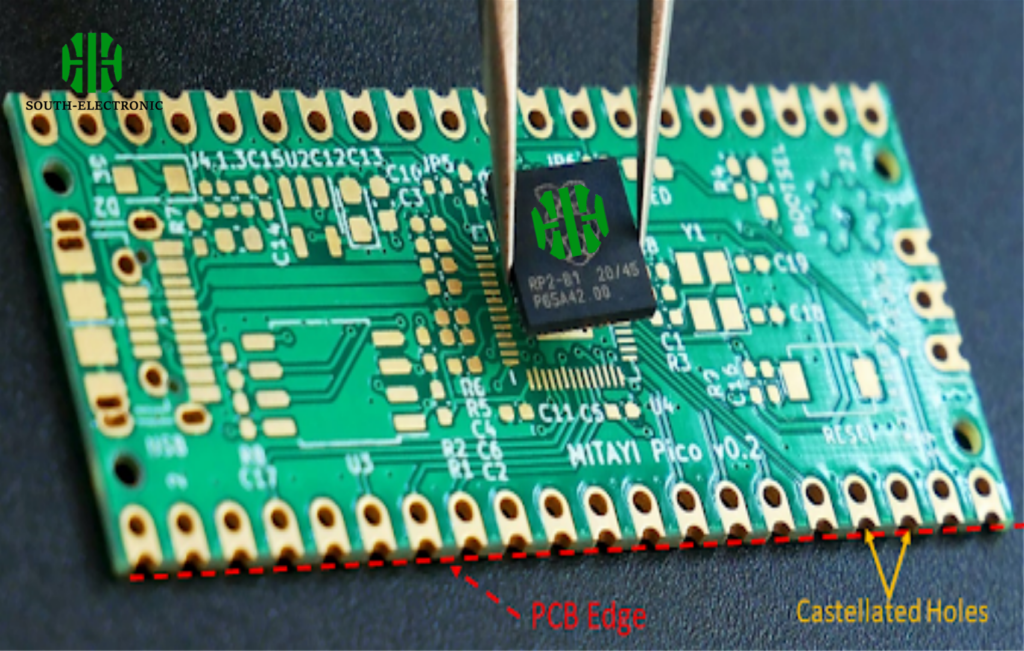
I’ve seen small factories struggle with the wrong process. Let me walk you through each method—so you can choose what fits your needs. I’ve made my share of mistakes here; learn from them.
What Is Thick Electroless Copper for PCB Hole Metallization?
Thick electroless copper sounded great—until I saw its high costs. Is it worth the trade-offs?
Thick electroless copper (2-3μm) skips full-board plating but has high costs and strict controls. Best for simple boards.
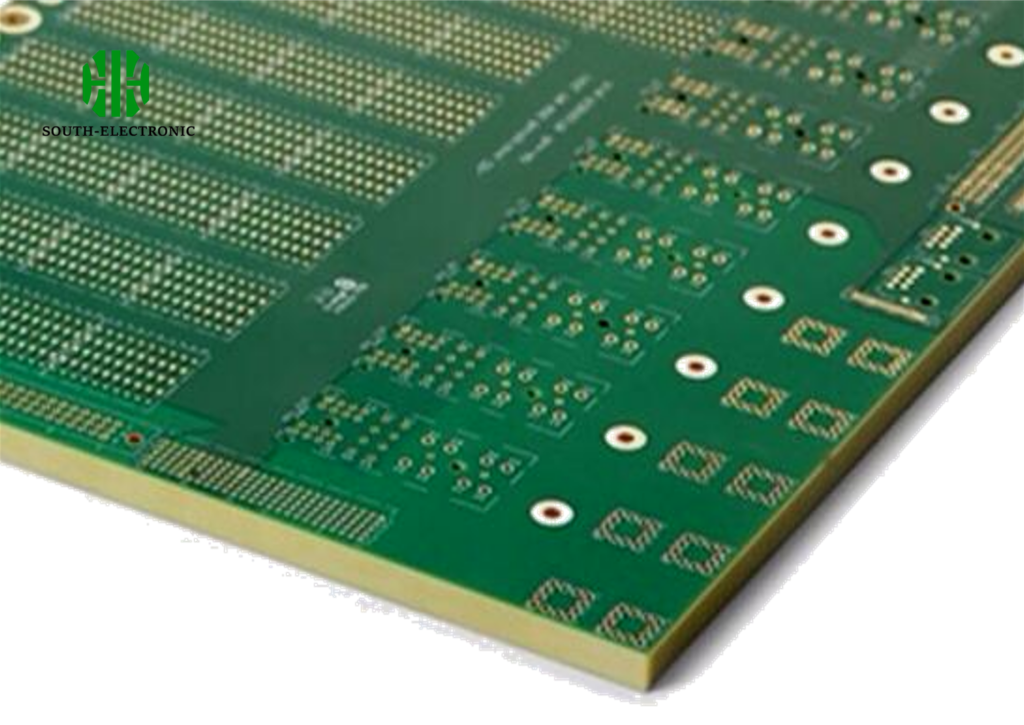
How It Works
The process flow for multilayer boards is: swelling agent → desmear → neutralizer. For double-sided boards: degrease → micro-etch → pre-dip → catalyze → de-glue → thick electroless copper (30 minutes) → optional anti-oxidation → dry. I tried this for a small batch once. The 2-3μm copper layer let us skip full-board plating—sounded like a win.
Pros and Cons
| Aspect | Details |
|---|---|
| Pros | Skips full-board plating; saves equipment costs; uniform etching |
| Cons | High material costs; strict thickness/backlight controls; poor adhesion (crystals aren’t dense); tricky micro-etch (too little = bad adhesion, too much = hole breakage) |
In that batch, we had to plate to 30μm in one go. Thin lines got "trapped film"—making stripping hard. It worked for simple boards, but not for complex ones. I’d avoid it now unless you have strict cost limits on equipment.
What Is Medium Electroless Copper for PCB Holes?
Medium electroless copper promised fixes for thick copper—until I hit its micro-etch issues. Does it work better?
Medium electroless copper (1-1.5μm) cuts costs vs. thick copper but still needs strict controls. Better adhesion but tricky micro-etch.

How It Evolved
This process came from thick electroless copper. Same steps—just thinner (1-1.5μm). I switched to this after the thick copper fiasco. Costs dropped by 30%—that was a relief.
Pros and Cons
Pros are the same as thick copper: skip full-board plating, save equipment costs. But cons eased a bit. Adhesion improved because the layer was thinner. But micro-etch became even trickier. I remember one run: we etched 0.5μm too much, and 20% of holes broke.
| Compare to Thick Copper | Medium Copper | Thick Copper |
|---|---|---|
| Cost | Lower | Higher |
| Adhesion | Better | Worse |
| Micro-etch Risk | Higher | Lower |
It’s better for small batches with slightly complex boards. But I still found it too finicky for daily runs.
What Makes Thin Electroless Copper a Top Choice?
My factory switched to thin electroless copper—and production issues dropped. What makes it work?
Thin electroless copper (0.38-0.64μm) adds full-board plating but cuts costs, eases control. Most widely used industry-wide.

The Process Flow
It’s similar to thick/medium copper but shorter.沉铜 time is 10-15 minutes (vs. 30). Then we add a full-board plating step (7.6μm) before pattern transfer. That extra step changed everything for us.
Why It Works
| Aspect | Benefit |
|---|---|
| Cost | Lowest material costs of electroless methods |
| Control | Easier to manage thickness and adhesion |
| Micro-etch | More forgiving (7.6μm base helps) |
| Plating | Pattern plating only needs 23μm (vs. 30μm), so less trapped film |
I used this for a high-volume phone PCB order. We had 98% yield—way better than 80% with medium copper. The full-board plating step adds equipment cost, but it’s worth it for consistency. Most factories I know use this now—it balances cost and reliability.
What About Thin Electroless Copper with Full-Board Plating?
Heard of thin copper plus full-board plating? It skips pattern plating—but has its own risks.
Thin copper (0.38-0.64μm) plus full-board plating (30μm) skips pattern plating but risks dry film cracks on small pads.
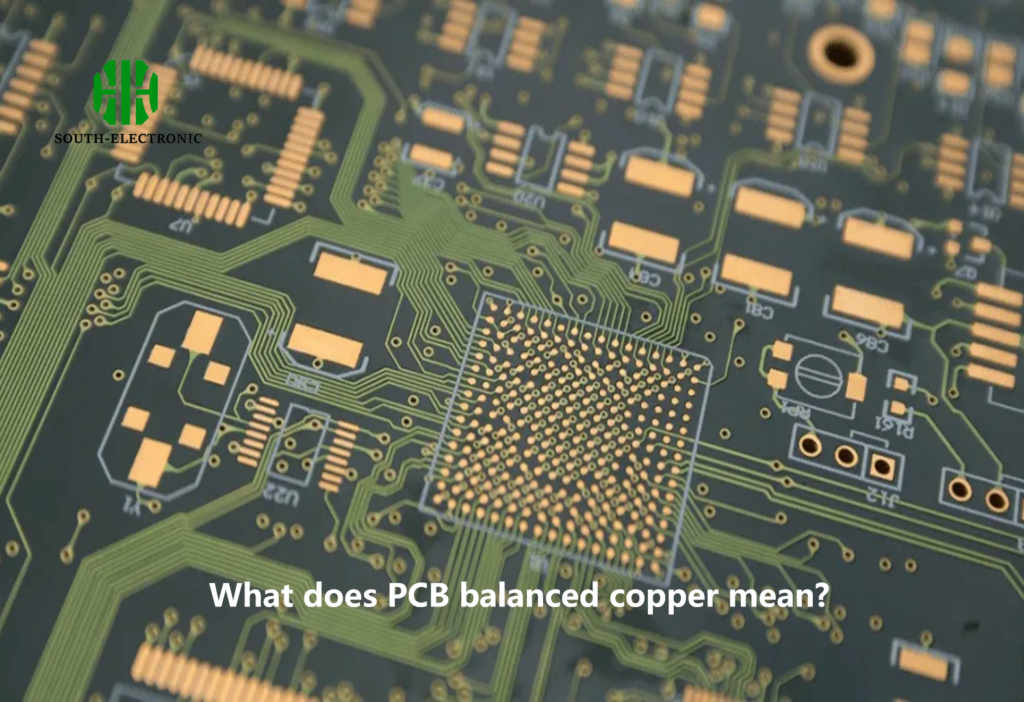
How It Works
After thin electroless copper, plate the whole board to 30μm. Then use dry film to cover holes (like inner layer processing). I tried this to save time on a simple LED PCB. It skipped pattern plating—cutting 2 hours per batch.
Pros and Cons
Saves pattern plating equipment and time. But cons bit hard. Small pads (under 0.2mm) often had dry film cracks. We missed some—causing 5% of holes to fail. Etching 30μm copper evenly is tough too. We got under-etching in dense areas.
| Best For | Risks |
|---|---|
| Large pads, simple boards | Dry film cracks; uneven etching |
| Low-volume runs | High scrap rates on complex designs |
It’s a niche option. I’d use it only for large, simple boards with big pads.
Is Direct Plating a Better Eco-Friendly Option?
Direct plating sounds green—until I saw its bonding issues. Does it fit your needs?
Direct plating uses conductive materials (graphite, polymers) for simpler flows and eco-friendliness but has strict controls.

Three Main Types
- Graphite-based: Uses graphite as the conductive layer.
- Polymer-based: Uses conductive polymers.
- Palladium-based: Uses palladium compounds.
I tried polymer-based for a "green" project. The flow was simple: degrease → micro-etch → adsorb conductive polymer → plate copper. No electroless copper—nice. It cut waste by 40%—good for audits.
Pros and Cons
Pros: Eco-friendly (no formaldehyde); simpler flow. But cons were big. Bonding was hit-or-miss. In one multilayer board, 10% of inner layers separated from holes. Controls are strict—we had to tweak the polymer concentration daily.
| Aspect | Direct Plating | Electroless Copper |
|---|---|---|
| Eco-friendliness | Better | Worse |
| Bonding Risk | Higher | Lower |
| Multilayer Use | Risky | Safe |
It’s great for eco-focused brands with simple, single/double-layer boards. But multilayer? I’d stay away.
Conclusion
Choose based on cost, control, and board complexity. Thin electroless copper often balances best for most factories.

